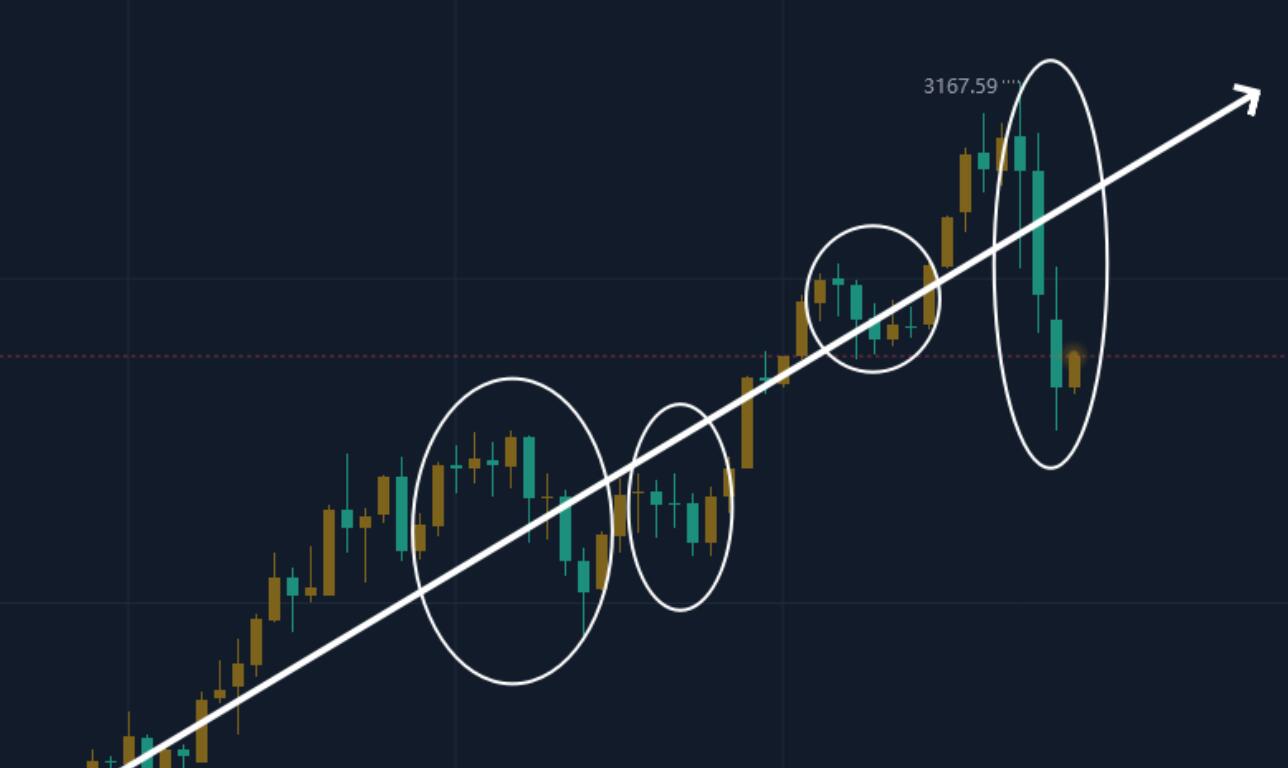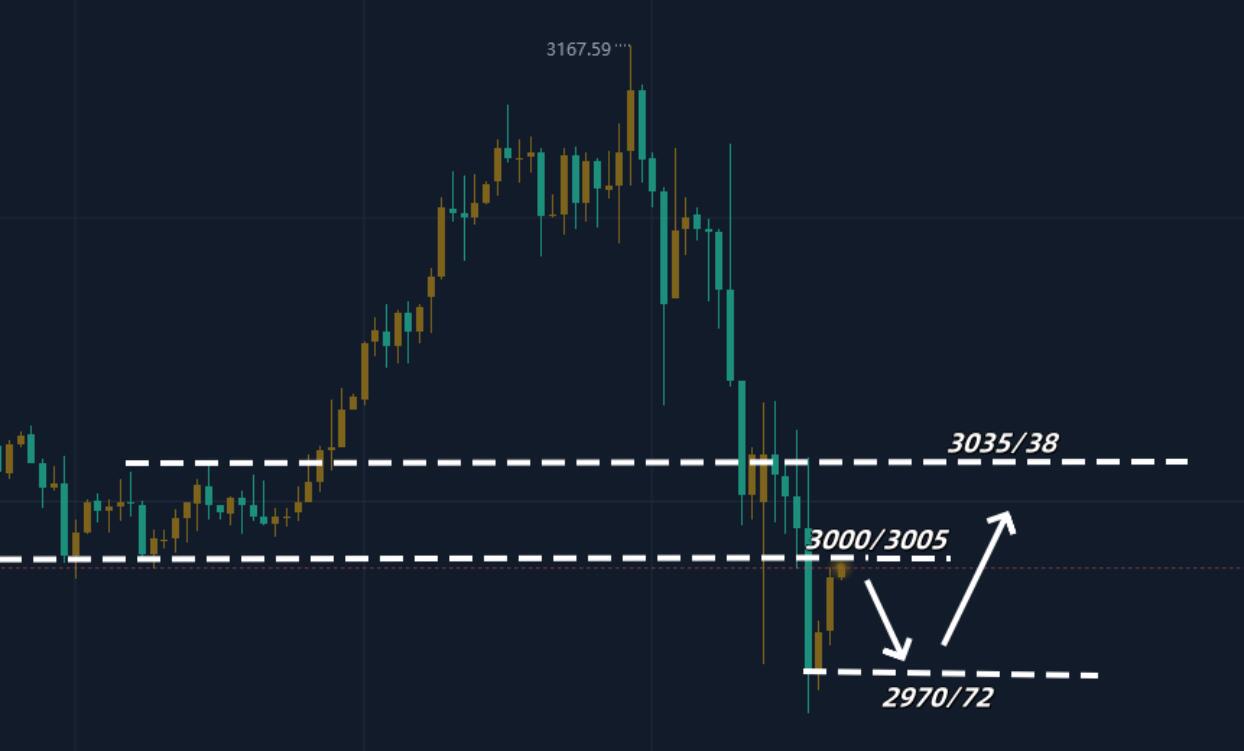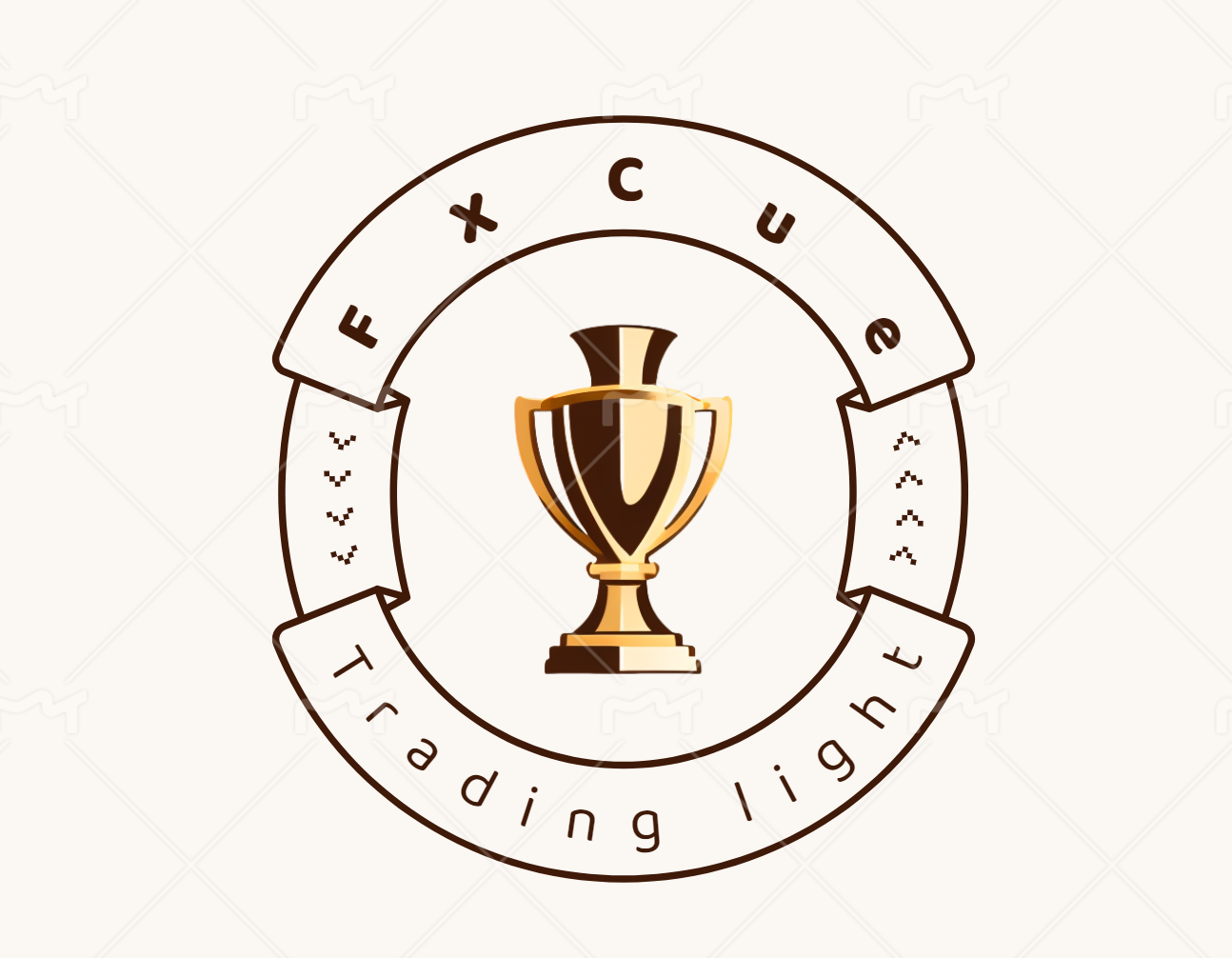Gold: After a wave of selling, it is expected to turn positive within the day
After a sharp drop on Thursday and Friday last week, the gold market once again ushered in a "Black Monday" at the beginning of this week, with intraday volatility as high as $100 and a intraday low of $2954. Since the high point of $3167, the cumulative decline has exceeded $200. As of this trading day, the gold market has entered its fourth trading day of downward adjustment. From the current situation, gold is expected to rebound and close positive this trading day. The following will provide you with a detailed analysis of today's gold market situation from both news and technical perspectives.
The recent sharp decline in the gold market is closely related to last week's tariff policy of "Understanding King". As a result, not only has the price of gold dropped significantly, but the prices of commodities such as crude oil and silver have also fallen one after another. At the same time, global stock markets have also suffered heavy losses, with the US stock market being the first to bear the brunt. Both the Dow Jones Index and the S&P Index have experienced varying degrees of decline. European stock markets were also not spared, with the FTSE Europe Index, German DAX Index, FTSE 100 Index, and European Stoxx 50 Index all experiencing declines of over 4%. The Hong Kong stock market also showed a trend of opening low and moving low. The Hang Seng Index fell 3000 points, closing down 13.2%, and fell below the 20000 point mark. The Hang Seng Technology Index closed down 47.4%, at 4400 points. The three major indexes in the A-share market also opened low and fell sharply. The ChiNext Index fell more than 19% during the trading session and finally closed down 7.34%, barely holding the 3000 point integer mark.
Subsequently, Dong Wang announced that he would not suspend reciprocal tariff measures and rejected the negative tariffs proposed by the European Union. The White House also denied the claim of considering a 90 day suspension of tariffs, calling it fake news. US Treasury Secretary Besson stated that it is unlikely to reach a trade agreement with any country before April 9th, with over 70 countries currently seeking negotiations with the United States. In addition, the United States plans to continue imposing a 34.5% tariff on Canadian timber.
On the highly concerned issue of whether the Federal Reserve will urgently cut interest rates in the market, Federal Reserve Board members Waller and Kugler stated that ensuring that inflation does not rise remains the primary task of the Federal Reserve. Although the Federal Reserve held a closed door meeting to review the advance payment rate and discount rate, it did not disclose the possibility of an emergency rate cut. Several observers of the Federal Reserve believe that Federal Reserve officials are likely to wait for changes in real economic data before cutting interest rates, and this process may take several months to be reflected in the data. Therefore, the possibility of an emergency interest rate cut by the Federal Reserve in the short term is relatively small.
Looking back at March 2020, after the outbreak of the pandemic, the global economy was locked down, the economy declined, unemployment rates rose sharply, and the gold market also experienced selling, resulting in a significant drop in prices. But then the gold price stabilized around $1400 and climbed all the way to above $2000. The decline in the gold market this time is similar to the situation at that time, both of which were caused by sudden factors leading to the spread of market panic and triggering gold selling. But in the long run, the safe haven nature of gold will eventually return, and the current decline may only be short-term fluctuations.
It is worth noting that the People's Bank of China has expanded its gold reserves for five consecutive months. At the end of March, China's gold reserves were 73.7 million ounces, compared to 73.61 million ounces at the end of February, an increase of 90000 ounces compared to the previous month. This continuous increase in holdings reflects the important position of gold in global asset allocation. In the medium to long term, this factor will provide strong support for the price of gold.
Overall, although the current gold market is affected by factors such as tariff policies and the Federal Reserve's monetary policy, resulting in short-term fluctuations, in the medium to long term, the safe haven nature of gold and favorable factors such as central bank holdings still exist, and the upward logic of gold prices has not fundamentally changed.

From the perspective of daily structure, during this downward adjustment process, the price of gold has not yet exceeded three consecutive negative periods. According to historical laws and technical analysis theories, after a continuous decline, the market often experiences a certain degree of rebound. As the fourth trading day since the decline, there is a high probability that the gold price will turn positive on this trading day.
Yesterday during trading, we emphasized that $2957 was an important support level that was touched for the first time, and it was also an entry point that medium and long-term investors could refer to. Unfortunately, the point experienced a rapid bottoming out and rebound at night, failing to seize this opportunity. Next, in terms of operations, we can focus on the support level opportunities around $2970/68 during the Asian session.

Given the significant decline in gold prices previously, the possibility of a direct strengthening in the short term is relatively small. Even if there is a rebound, it is highly likely to unfold in a fluctuating upward trend. In the rebound process, the first thing to pay attention to is whether the suppression level around $3000-3005 can be effectively broken through. If the gold price continues to be under pressure in this region during the Asian market period, it may be considered to participate in short positions around this line.
Once the rebound in the Asian market is too large, the short selling point can be moved up to the pressure zone of $3030-3035 as the second bearish point.
In summary, although the short-term gold market faces certain uncertainties, in the medium to long term, favorable factors still support the price of gold. The operating strategy of the gold market today is mainly to see an upward trend amidst fluctuations, and both long and short positions can participate reasonably according to the price trend.
Investment carries risks, and caution should be exercised when entering the market. The above suggestions are for reference only.
Tips:This page came from Internet, which is not standing for FXCUE opinions of this website.
Statement:Contact us if the content violates the law or your rights
